5 Important IoT And AR Applications For The COVID-19 Era
From digital twins to wearables, these IoT and augmented reality applications could help organizations adapt to the new realities brought by the coronavirus pandemic.
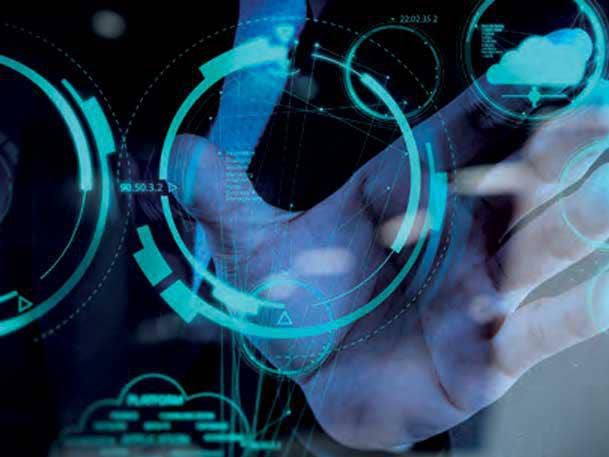
Helping Organizations Adjust To New Realities
Can IoT and augmented reality applications help organizations adapt to the new requirements and realities brought by the coronavirus pandemic?
That is a question multiple vendors are exploring and trying to answer as the pandemic has taken a hit on overall demand for IoT offerings.
[Related: 5 Processors Powering The Future Of IoT Applications]
In some cases, the answers were already there: Remote management capabilities enabled by IoT platforms have become more important than ever before. In other cases, vendors are assembling new applications using existing technologies, like streaming video analytics for social distance monitoring.
As part of IoT Week, CRN takes a look at five IoT and augmented reality applications that have or could become important in the face of the COVID-19 threat.
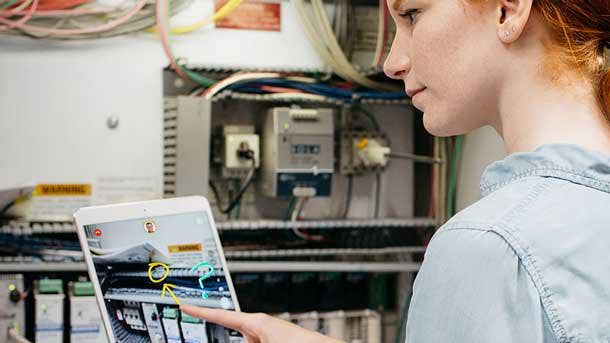
Augmented Reality For Remote Assistance
With travel restrictions and social distancing guidelines, it's more difficult than ever before to get experts on the ground in front of systems that require specialized knowledge. What's one to do? Enter augmented reality. Organizations are increasingly exploring AR as a way to connect experts with workers who are on the front lines, whether it's at a manufacturing facility or a hospital.
One AR application that has emerged to address social distancing and travel restrictions is PTC's Vuforia Chalk, which Mike Campbell, executive vice president of augmented reality products, has described as "FaceTime on steroids," giving an expert the ability to view a system remotely and draw annotations over it. The company is offering the enterprise version of Vuforia Chalk as a free trial until the end of August. Since the offer began in March, PTC said thousands of companies have tried out the application. "The key value [proposition] here is, you're basically able to show somebody how to do something without being physically there," Campbell told CRN in April.
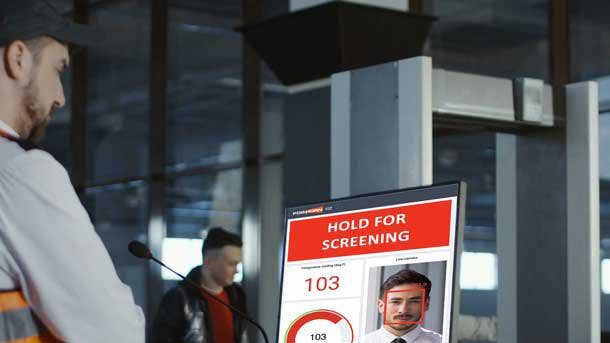
Streaming Video Analytics For Health Monitoring
With the coronavirus' continued spread and a working vaccine still months if not years away, the need to mitigate outbreaks at a variety of facilities remains high, particularly for places that are considered essential such as food and beverage manufacturers. Companies are looking to mitigate disease spread through a variety of ways, including temperature monitoring and social distancing enforcement.
Among the companies that are introducing measures meant to curb virus outbreaks is FogHorn Systems, an edge intelligence company that recently made available a new out-of-the-box streaming video analytics offering for health monitoring. The offering consists of prebuilt visualization dashboards and machine-learning models that have been trained to accurately measure the temperature of workers and physical distance between workers as well as whether workers are coughing and wearing masks. "What we found is that video-based systems would be the way from a customer perspective to deploy this, so you don't have to have a lot of manpower standing at an entryway all day long or getting people to download an app," FogHorn CEO David King told CRN recently.
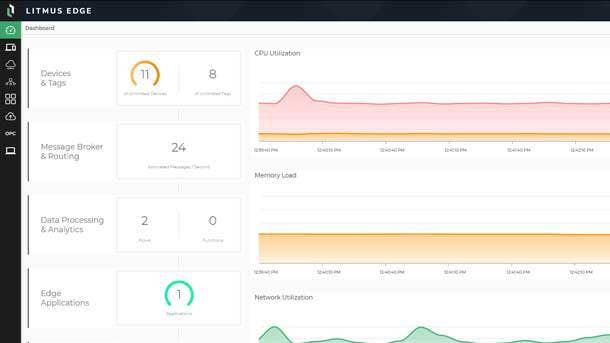
IoT Platforms For Remote Management
Remote management has been a key capability of IoT platforms that has become increasingly important during the coronavirus pandemic. With limits on travel and who can access a manufacturing facility, for instance, the ability to remotely connect to systems can give operators transparency into the overall health and productivity of such systems.
John Younes, co-founder and COO of IoT startup Litmus Automation, told CRN in April that his company has shifted to installing its Litmus Edge platform remotely due to visitation restrictions imposed by customers. If the assets aren't already on a network, the remote connection can be enabled by installing a gateway. Once connected, Litmus' Edge Manager can remotely manage the assets and applications at multiple facilities as well as the data they're creating using Litmus Edge, which comes with prebuilt modules for things like asset utilization, downtime and production loss so that operators can optimize their systems. "Generally, the results that a lot of these companies are looking for are around increasing uptime and decreasing the amount of downtime of machines, which at the same time increases throughput so they can be more efficient and lower costs," Younes said.
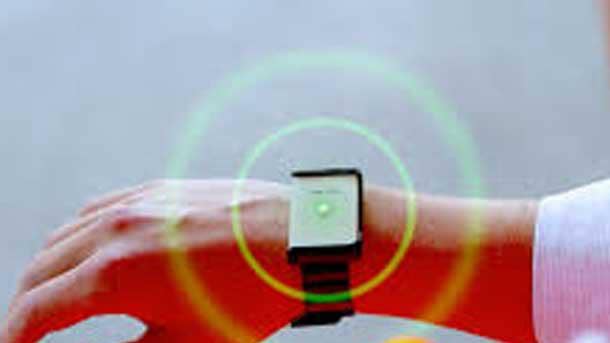
Wearables For Social Distancing And Contact Tracing
While some organizations are looking at streaming video analytics as a way to enforce social distancing at facilities, another method being explored is the use of wearables, which, beyond mitigating virus spread, can also help with contact tracing.
Kinexon, a provider of industrial IoT and wearable applications, recently introduced an offering called SafeZone that employs a fleet of wristbands worn by employees that alerts them when they are too close to another co-worker. Mehdi Bentanfous, CEO of Kinexon's U.S. operations, said the system is designed to protect the privacy of employees because the wristbands don't track location and each one is assigned a pseudonym that can only be connected to a worker's real name through an HR directory. If an infection is reported, the company's HR director would be able to identify which employees came into close contact with the infected person and notify them for contact tracing. "This is an important aspect from a data privacy perspective because we don't know where the people are and what they're doing; we just know that there has been contact between two persons," Mehdi said.
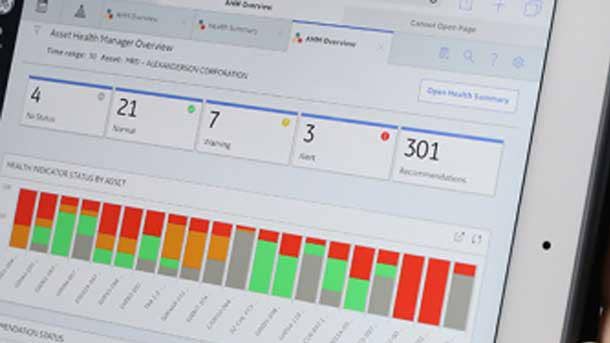
Digital Twins For Simulating Systems
As travel restrictions and social distancing requirements limit the number of experts and technicians who can physically visit industrial sites, one way to increase transparency into inaccessible systems is through the use of digital twins, which can act as a living and learning virtual model of a real asset.
Colin Parris, GE Digital's CTO, told CRN in June that digital twins use a mix of physics simulation and artificial intelligence to not only approximate the status of physical assets but also to predict when problems will happen and simulate possible solutions. This capability is enabled in GE Digital's Asset Performance Management software, which is designed for oil and gas, chemical and power generation companies. "Because you don't have those people on the ground, you need to build more intelligence in the systems," Parris said. "My twin has to predict an early warning of when it might fail, then I have to get a view of how long do I have [until I reach failure]—continuous prediction—then I have to figure out how do I optimize. So the intelligence now, they want to add that to [the systems] because the people who were the intelligent people are not on the ground anymore."